A few weeks ago I began writing about the impact that design thinking can have on project-based learning, particularly in  terms of taking PBL from theory to actual classroom practice. In this post, I’ll share three design methods that encourage divergent thinking, or broad brainstorming. Be sure to check out the explainer videos for step-by-step tutorials!
terms of taking PBL from theory to actual classroom practice. In this post, I’ll share three design methods that encourage divergent thinking, or broad brainstorming. Be sure to check out the explainer videos for step-by-step tutorials!
Method #1: Round-Robin Brainstorming
Round-Robin is a great entry-level design method that you can expand as students get more comfortable in their brainstorming sessions. This method embraces time limits, proximity, and collaboration as tools for generating and refining new ideas. While there are several different forms of Round-Robin, the process generally includes students jotting down ideas and passing sticky notes or sheets of paper from person to person around a table and rapidly generating ideas.
Here’s what you’ll need (for in-person):
- Sticky notes or sheets of paper
- Markers/pens
If you’re working virtually, a digital whiteboard like Jamboard that allows for multiple boards, or ‘frames’ can help simulate the passing of sticky notes and handwritten papers.
Check out our explainer video to learn about three different ways to conduct a Round-Robin session.
Method #2: The Lotus Blossom
The Lotus Blossom is a simple, but structured form of brainstorming that can yield as many as 72 unique ideas for solving a problem.
Create a 9×9 grid; place your problem statement in the center, list a handful of initial solutions around the center center square; and then use the rest of the grid space to really explore whole deeper layers of thinking, particularly the ‘how’ of making a potential solution into a reality. This is a great method for generating a ton of ideas while also digging into the details of problem-solving.
Here’s what you’ll need (for in-person):
- A 9×9 grid with spaces large enough for sticky notes.
- Sticky notes.
- Markers.
If you’re working virtually, I recommend creating a 9×9 table in Google Docs or MS Word and then asking students to add ideas to the table just as you would in person.
There are a lot of great strategies for conducting a successful interview; check out our explainer video to learn how this method works in practice.
Method #3: Morphological Charts
This is maybe one of my all-time favorite design methods, simply because it encourages really wild, out-there kind of thinking. The value of a morphological chart lies in its layered simplicity: start with a table and a few simple category headers; then ask students to make lists under each category; they then connect ideas from each list to generate a new concept. For example, if students were trying to design a new type of vehicle, you might create a table with these categories:
- Types of transportation
- Reasons people use transportation
- Amenities
- Vehicle components
Students fill in as many ideas under each category and then make new, creative combinations for vehicle designs.
A morphological chart takes everyday ideas and mashes them together to form something truly unique.
Here’s what you’ll need (for in-person):
- A white board or a few sheets of flip chart paper
- Sticky notes
- Markers
If you’re working virtually, I recommend creating a table in Google Docs or MS Word.
There are a lot of great strategies for conducting a successful interview; check out our explainer video to learn how this method works in practice.






